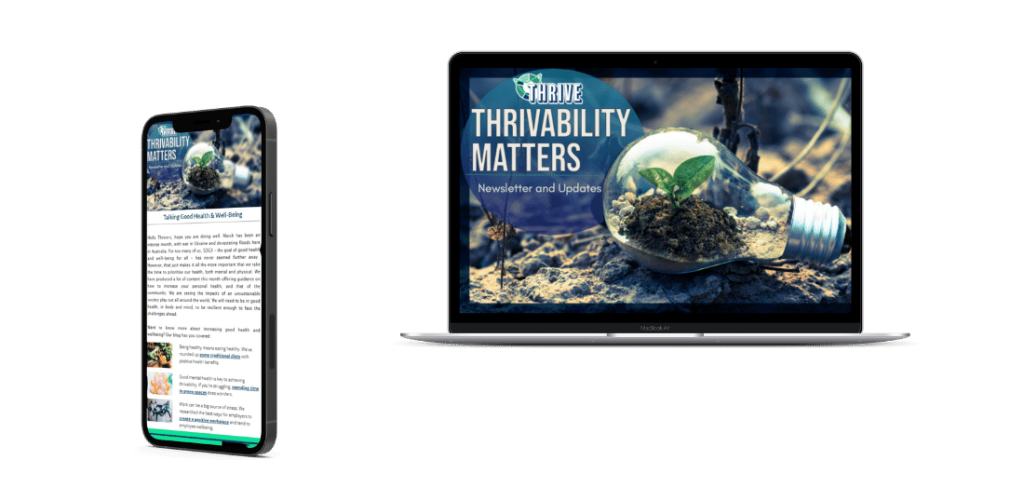When we think of sustainable living, we may picture sleek electric cars, a roof covered in solar panels or the latest water saving washing machine. But if you’re a student, these eco-friendly products may just be too expensive. But don’t worry! There are plenty of ways you can live an environmentally-friendly lifestyle that’s affordable AND sustainable. Read further to see how you can save money and the planet.
TRANSPORT

Whether you live far away or close to campus, here are a few environmentally-friendly methods of transportation.
1. Hail down your ride
Nowadays, public transport is a cheap way to get around. Admittedly, your commute may take longer than it would if you were driving; depending on where you live, the traffic etc. However, you can take this time as an opportunity to listen to a podcast, read your study notes, or balance your laptop on your knees while finishing that assignment you forgot about. As a student, you get a discounted fare on all public transport. And if you travel during non-peak hours, fares can be even cheaper! So it’s worth having a look if you can be flexible with your travel times.
2. Sharing is caring
If you have a friend or classmate that lives close by and one of you has a car, suggest carpooling with them. You can get to uni quickly and split the cost of fuel and parking.
3. Roll with it
A popular way for some to move around is by cycling. But you needn’t be in full lycra for it. A good bike can last you years if well-maintained. Or perhaps, you’d even like to liven up your general commute and try riding an E-scooter. Public e-scooters, such as Lime and Neuron are available in cities all round the world. All you have to do is download an app, create an account, and off you go!
4. Get up on your feet
Lastly, the least polluting and healthiest way to get around is walking. It’s important as students to get up from behind your desk once in a while and move your body. Exercise has also proven to boost productivity and focus (Health Direct, 2019), and best of all, it’s free!
TECHNOLOGY
New phones, laptops and tablets can be expensive. Buying second hand is a great option, that’s both affordable and sustainable. Some consumers always want the latest model and sell their “old” device on sites, such as Ebay and Facebook Marketplace at next-to-new conditions. Buying a second hand laptop can save it from ending up in landfill. Research conducted by TechCollect showed that 83% of us don’t know where to recycle e-waste. In Australia, we have a national government-created scheme that hands responsibility over to the companies to fund the collection and recycling of their products at the end of their lives (Rhiannon Verschuer, 2018). This means we have over 1,800 e-waste recycling drop off points around Australia.
If you have an old phone to recycle, MobileMuster has over 3,500 drop off points around Australia. Or you can collect a free MobileMuster satchel from your nearest AusPost outlet, and dispose of your mobile e-waste that way (Rhiannon Verschuer, 2018). If you’re the owner of an Apple device, you might be eligible to trade in your old device and either give credit towards your next purchase, or an Apple Store Gift Card in return (Apple, 2021). They recycle it for free even if your device isn’t eligible for credit. And lastly, a free way to help the environment is by changing your search browser. Ecosia is a web browser which plants a tree for every 45 searches you do.
HOME

If you’re moving out from your parents place for the first time, furniture is not something you own very much of. Buying new furniture can be expensive and the manufacturing of them can impact the environment. A great way to get affordable furniture to deck out your new pad is buying secondhand. Facebook Marketplace and op shops are a great place to get decent furniture for cheap. You can even try your hand at polishing a wooden table or reupholstering a chair if you feel like a DIY makeover would revamp the piece. Ask your family and friends if they have any items they no longer use, such as that extra set of cutlery that lives in the back of the cupboard.
When you’re settled in, some of your living costs will come from rent and/or bills. There’s not much you can do about rent unfortunately, unless you bargain well with your landlord. You can, however, reduce your water and electricity bill by being conscious of your usage. If you can’t buy water-efficient or energy-saving appliances, there are still things you can do to limit your resource use. These include turning off appliances at the wall, turning off lights in rooms that aren’t being used, and taking shorter showers.
Washing your clothes at lower temperatures and letting them air dry will also extend the life of your clothes meaning you won’t have to replace them as often. A win-win for your wallet and the planet. Fun fact, fans can cost 20 times less to run than air conditioning (Cassandra Sheppard, 2020), so open up those windows on hot days and rug up well in winter.
LOW COST DOESN’T MEAN LOW QUALITY
Living sustainably doesn’t have to cost a lot. There are many small, low-budget habits that you can implement in your day to day life that are both affordable and sustainable. Chances are, as a student, you’d prefer not to look at how much you have in the bank. Thankfully, you can try these low-cost tips to living a more sustainable life, minimising your spending and your impact on the environment. THRIVE believes that our individual impact is powerful. What other ways can you think of to save money and the planet?

